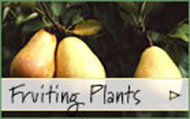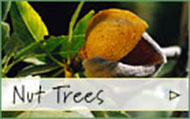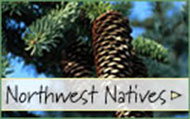|

 Click here to view items for:
Winter / Spring (Jan-June)
Summer (July-Oct)
Fall (Nov-Dec)
Click here to view items for:
Winter / Spring (Jan-June)
Summer (July-Oct)
Fall (Nov-Dec)

|
Fall Planting |
Summer Planting |
New Items |
Shipping Chart |
Request Catalog |
Wishlist |
Register |
Account Info |
Join Our Team |
Special Events |
Login


 Click here to view items for:
Winter / Spring (Jan-June)
Summer (July-Oct)
Fall (Nov-Dec)
Click here to view items for:
Winter / Spring (Jan-June)
Summer (July-Oct)
Fall (Nov-Dec)

|











